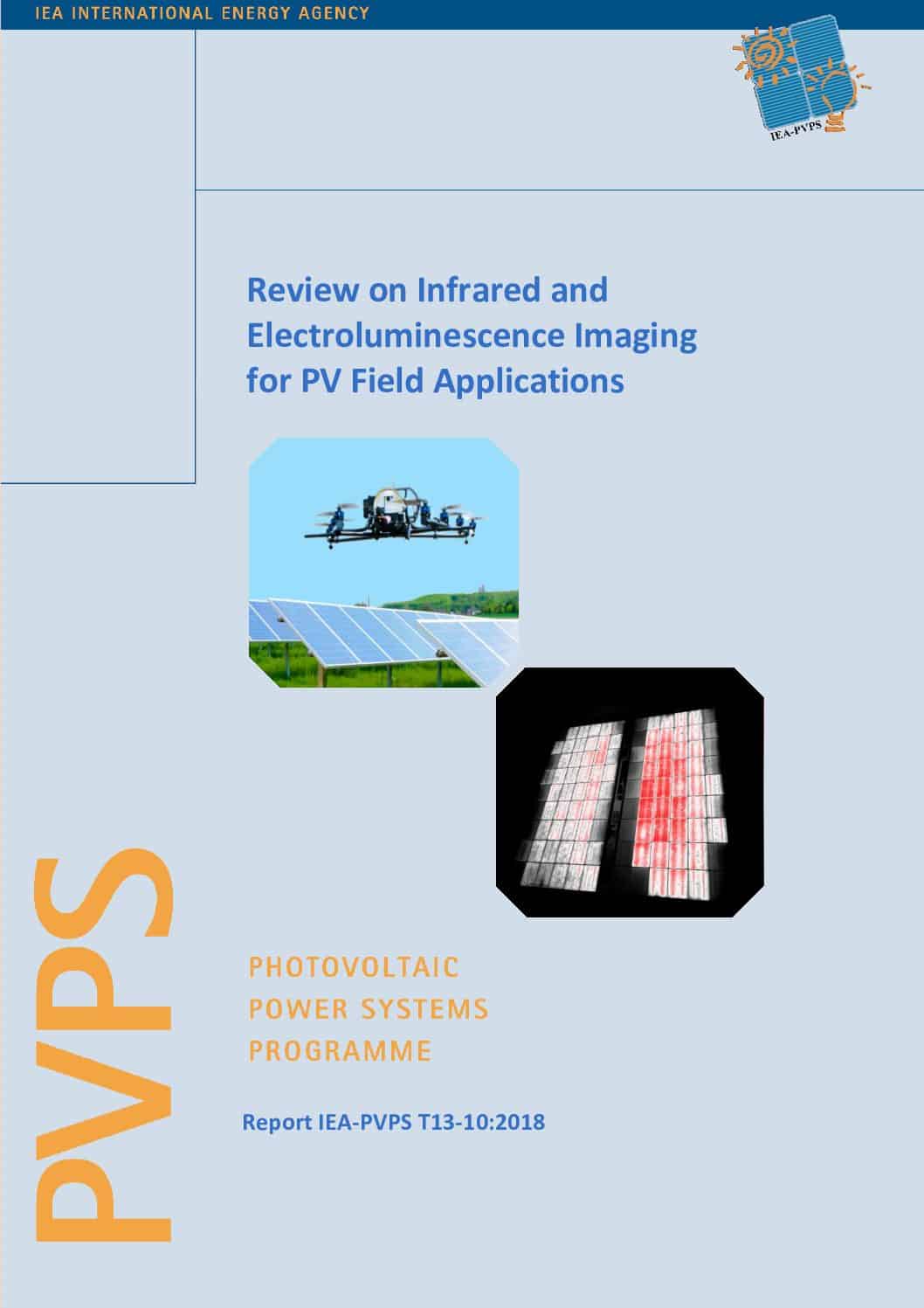The quality assurance measures for PV modules are of fundamental importance for any PV power plant asset. The failure-free operation of the PV modules is a prerequisite for efficient energy production, long life, and a high return on the investment. During operation PV modules may develop defects which can be repaired if they are detected in time, but they can cause a severe drop in energy production and sometimes safety issues. To ensure the operation of the PV modules without significant losses, fast and reliable methods to evaluate the performance of the photovoltaic modules are required, both during the production process and after the installation of the PV modules. For that reason more and more EPC and O&M companies offer regular IR and EL imaging inspections of PV plants to ensure the safety and high performance of the PV array in addition to IV curve measurements and monitoring. IR and EL are two imaging techniques, which identify faults and problems developing with PV modules.
The use of infrared (IR) imaging for the evaluation of PV modules has many advantages. First of all, a great number of failures developed on PV modules can be detected using IR imaging, from hot-spots to mismatch losses or installation failures. Furthermore, IR imaging technique can be applied for non-destructive testing and used to scan installed PV modules during normal operation. Finally, thermal cameras also allow scanning large areas within a short time frame.
Due to the high resolution of IR cameras existing in the market today, such an inspection approach using drones, is possible. Using drones, for instance, a PV plant of 4 MWp nominal power will require approximately 5 to 10 hours of IR inspection taking into consideration that all the other factors that might influence the inspection are ideal.
The optimized operation of the PV cell is to absorb the light and convert it into electricity. However, due to reciprocity principle the opposite is also possible and offers the opportunity of Electroluminescence (EL) imaging. Electroluminescence is a phenomenon that has been used for a long time for other applications such as lightening, but recently has been introduced as an investigation procedure for PV modules and strings. It consists of applying a direct current to the PV module and measuring the photoemission by means of an infrared-sensitive camera. EL imaging provides insight into micro cracks and other defects within the cell material. This in turn helps identify faults and problems present or developing within the PV module.
